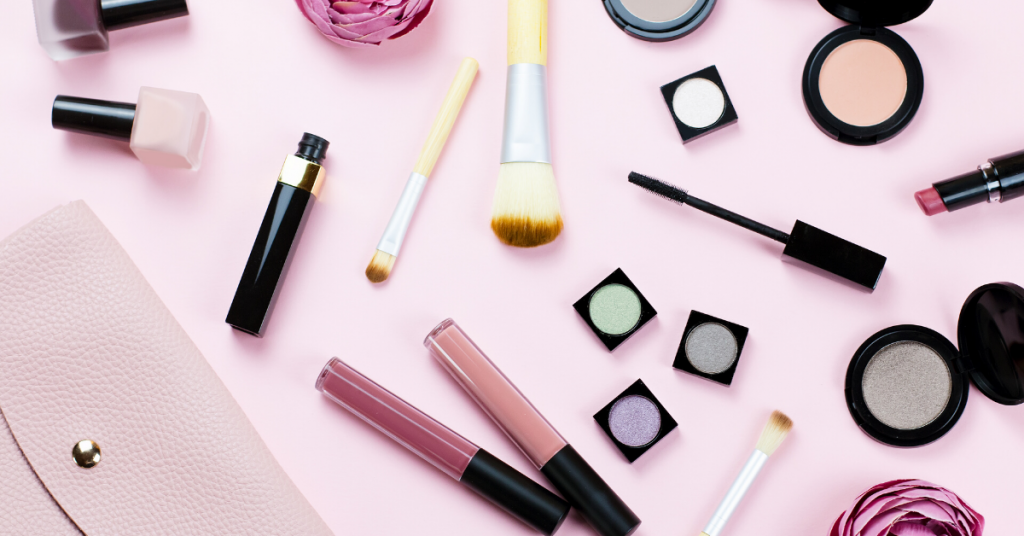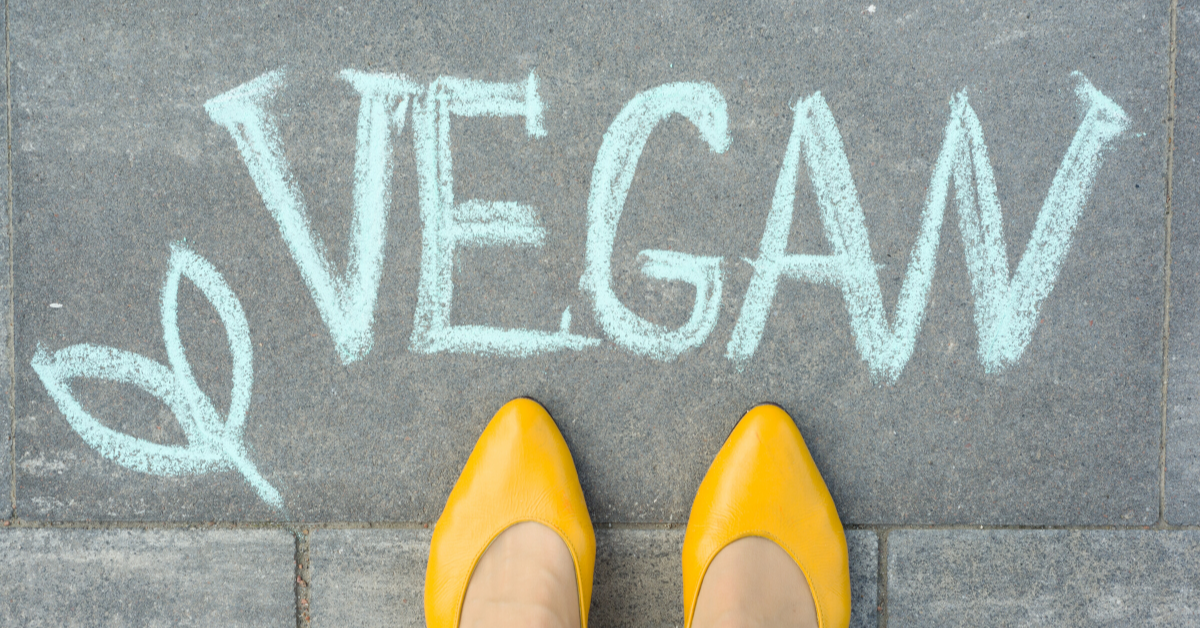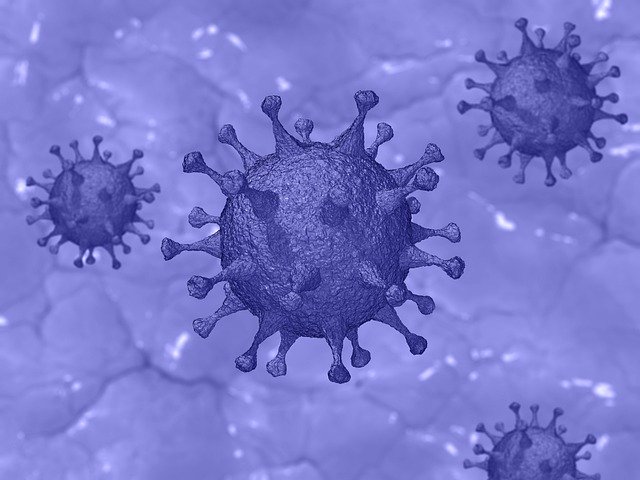Many people avoid artificial colours in their foods, but don’t think about the colours in cosmetics and personal care products. It is only in recent years that cosmetics have started to carry a full list of ingredients on their packaging.
Many of the same artificial and natural colours are used in food and in cosmetics and other beauty products.
Of course, natural substances can be harmful too.
“According to Kevin Jones, curator at the Fashion Institute of Design and Merchandising Museum in Los Angeles, the use of cosmetics packed with lead, mercury, arsenic and other dangerous elements made for a particularly vicious cycle. “People would put whitening on their skin and over time, it would eat the skin away, causing all sorts of scarring,” he says. “And the way they covered that up was to apply thicker amounts of the makeup, which would then exacerbate the situation. It was a horrible process — once you got started you couldn’t stop.” NBC News
Fortunately, these are no longer used in beauty products.
Cosmetics Info says
“as the 19th century approached, new kinds of colors appeared that offered marketers wider coloring possibilities. These colors, made in the laboratory, were found to be much more stable with greater coloring intensity, meaning that less colorant could be used in the product to accomplish the same effect.”
Making sense of the ingredients can be difficult for the average person. This is particularly true for colourings, which often are listed as numbers rather than names.
What are CI Numbers?
In many countries colours in cosmetics are listed as colour index numbers. These C.I. numbers are allocated by the Society of Dyers and Colourists. The scheme covers colours used in food, personal care products, cosmetics, household products and fabric dyeing.
For example, you don’t normally see ‘tartrazine’ listed on the package for your lipstick, but it may be there listed as C.I. 19140. Erythrosine is listed as C.I. 45430, and so on.
What are FD & C colors?
The USA uses a different system: the FD & C colors have been categorised by the American Food & Drink Administration for use in foods, drugs and cosmetics. So in this system tartrazine is FD & C yellow 5, and amaranth is FD & C red 2.
What are E numbers?
The ‘E Number’ system is used by the European Union (EU). This is a system of giving code numbers to food additives, some of which are also used in cosmetics and personal care products. This system is also used in some other countries but without the E prefix, so E102 becomes simply colour ‘102’.
Are food and cosmetic colours safe?
All this confusion for the average consumer would not be important, but for the fact that some of these colours are known to cause problems in susceptible individuals. For example, tartrazine (also known as FD & C Yellow 5, CI 1914 and EI02) can cause migraines, itching, rhinitis and agitation in susceptible individuals.
Many individuals avoid its use in food, but do not realise how extensively it is used in cosmetics, such as lipstick, and personal care products.
The big worries in terms of colours in cosmetics and personal care products are lipstick, coloured lip balms, lip gloss and lip pencils, because anyone who uses these regularly ‘eats’ a fair quantity over their life time, but these colours also appear in skin cream, foundation, mascara and so on too. (Remember also that these colours can also be in ‘natural’ cosmetics and skin care products.)
The FDA stresses the rigorous system it uses to authorise the use of colours in cosmetics:
“Color additives are subject to a strict system of approval under U.S. law [Federal Food, Drug, and Cosmetic Act (FD&C Act), sec. 721; 21 U.S.C. 379e].” via Color Additives and Cosmetics: Fact Sheet | FDA
They are most concerned about adulteration of colour ingredients, particularly those imported into the USA.
Like government agencies around the world, they see themselves as relying on scientific evidence. Yet few government agencies will acknowledge that not everyone agrees about which colours are safe. For example, the US FDA allow:
- FD & C Red No 40 / Allura Red AC
- FD & C Green No 3 / Fast Green FC
But these are banned in most other countries.
Quinoline yellow is allowed within the European Community and in some other countries, but is banned in Japan, Norway and the United States.
As ever, the advice is: keep yourself informed and read the label. Here is a list of the different names and numbers that common colourings go under:
| Tartrazine | E102 | FD & C Yellow 5 | C.I. 19140 |
| Quinoline yellow | E104 | C.I. 47005 | |
| Sunset yellow | E110 | FD & C Yellow 6 | C.I. 15985 |
| Amaranth | E123 | FD & C Red 2 | C.I. 16185 |
| Ponceau 4R | E124 | C.I. 16255 | |
| Erythrosine | E127 | FD & C Red 3 | C.I. 45430 |
| Red 2G | E128 | C.I. 18050 | |
| Allura red AC | E129 | FD & C Red 40 | C.I. 16035 |
| Patent blue V | E131 | C.I. 42051 |



